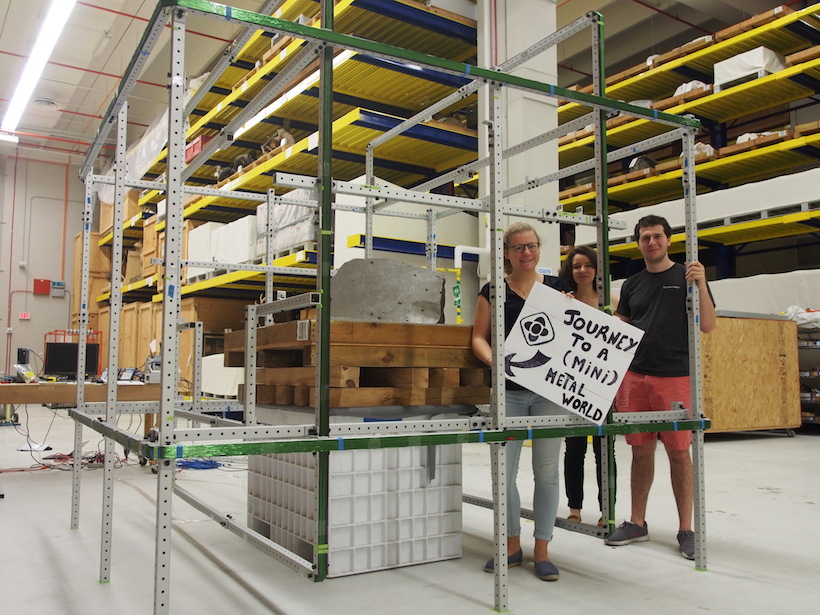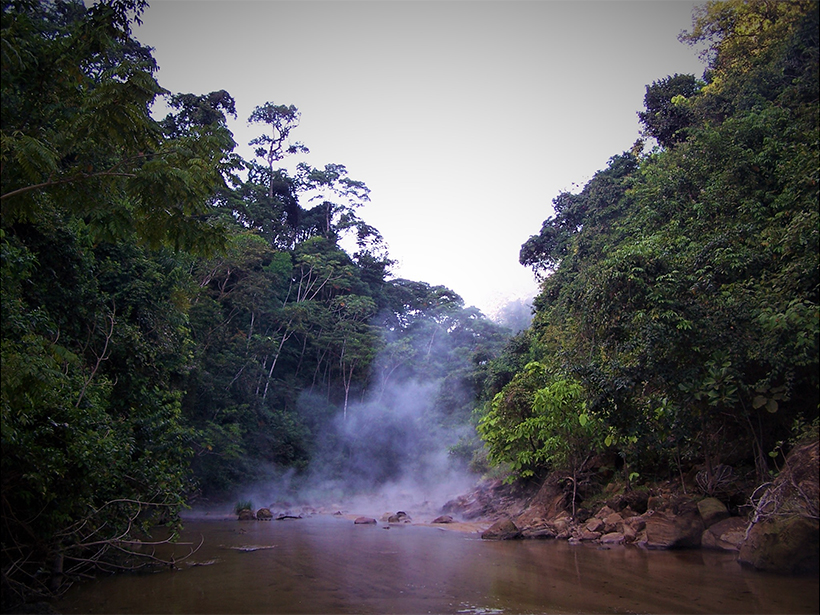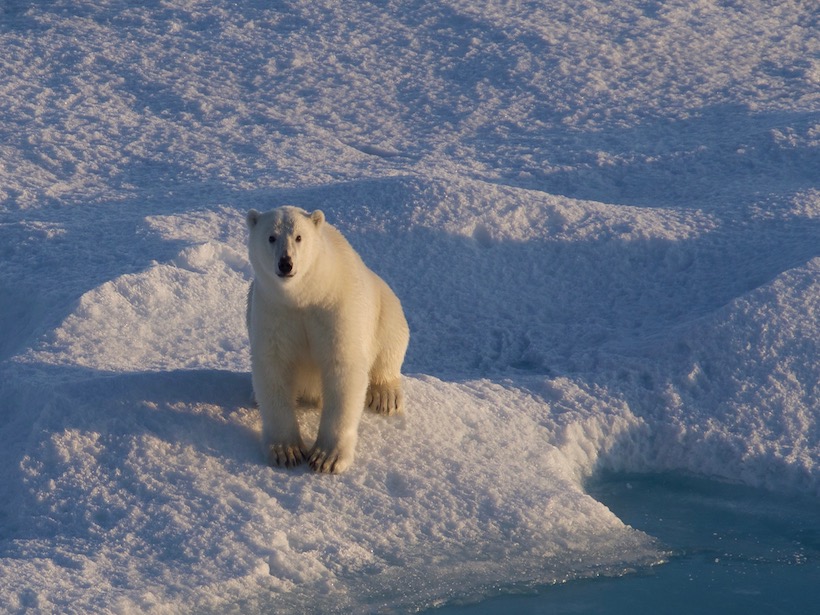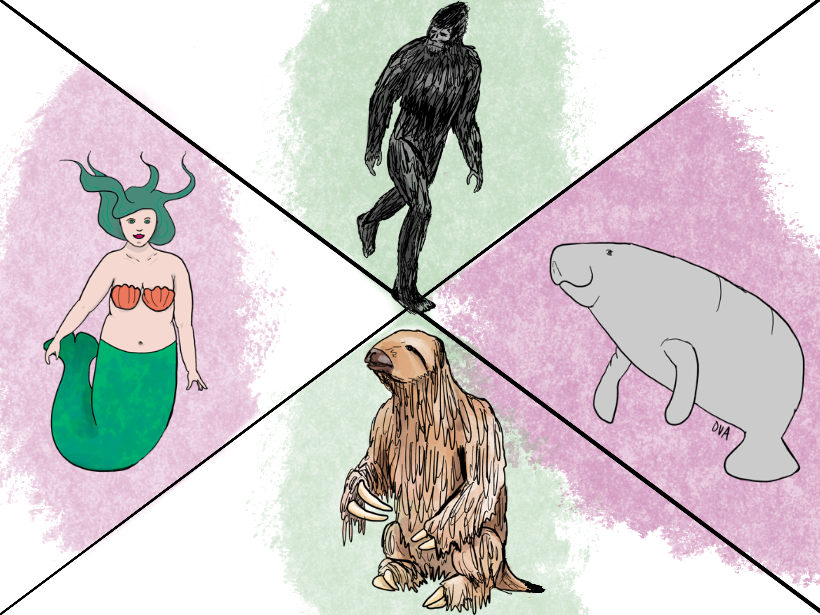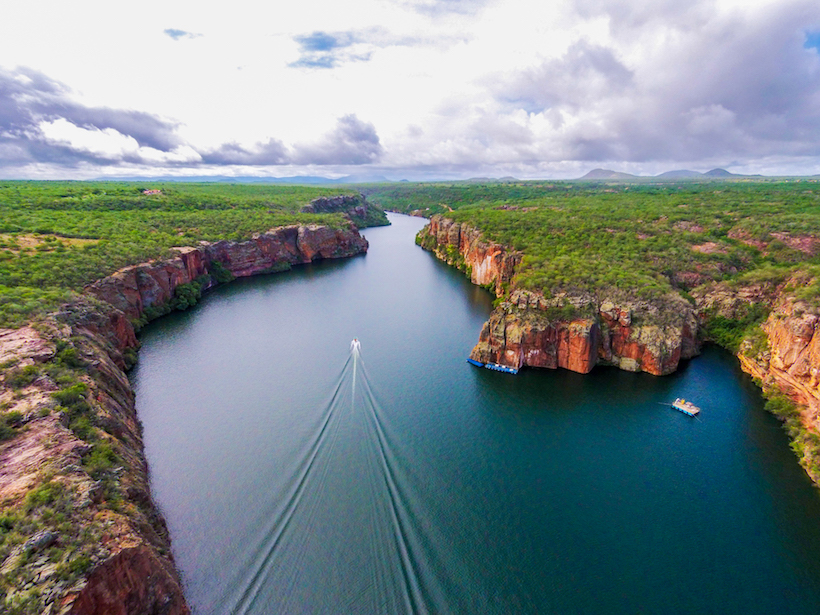White-crowned sparrows in the San Francisco Bay Area sang differently during California’s COVID-19-induced shutdown, recordings have revealed.
News
Measuring Massive Magnetic Meteorites
A new tool to measure the magnetic signatures of big meteorites could not only aid NASA’s mission to Psyche; it could also help solve mysteries about how magnetic fields formed in our early solar system.
Finding Prehistoric Rain Forests by Studying Modern Mammals
Mammal teeth store a record of the plants they ate, providing clues about the ecosystems in which they lived.
Movement Recognizes the Promises and Vulnerabilities in Pastoralism
With grassroots support, the Food and Agriculture Organization is moving closer to recognizing an International Year of Rangelands and Pastoralists.
Can Newspaper Reporting Uncover Flood Risk?
In areas of low or no flood monitoring, archival coverage of historical flooding can help scientists make better risk predictions.
Rethinking Darwin’s Theory of Atoll Formation
Atolls have a long and complex history related to seafloor evolution, and Darwin’s model is only the beginning of the story.
Polar Bears to Vanish from Most of the Arctic This Century
A “timelines of risk” model shows when and where population collapse begins as sea ice wanes in our warming future.
Podcast: Mythical Monsters and Their Real-Life Inspirations
This Halloween season, explore the connections between mythical monsters like Bigfoot and the Kraken and the creatures on which they’re based.
Global North Is Responsible for 92% of Excess Emissions
The United States and European Union bear disproportionate liability for emitting to the atmospheric commons, new research argues.
Urbanization, Agriculture, and Mining Threaten Brazilian Rivers
Harder to analyze and quantify, diffuse pollution is often overlooked when it comes to water quality assessments.


